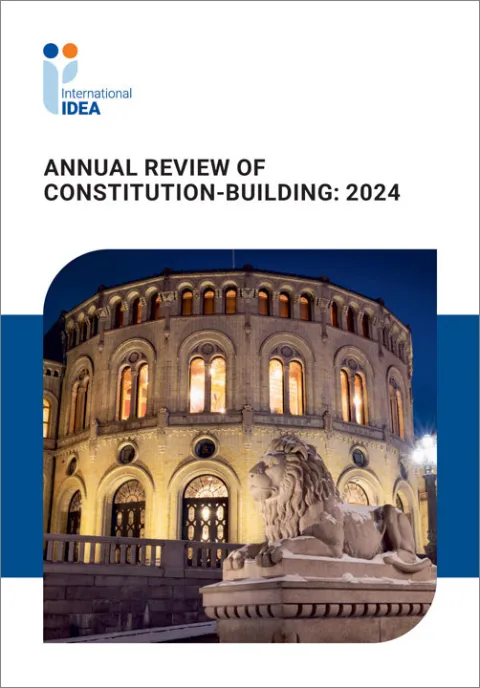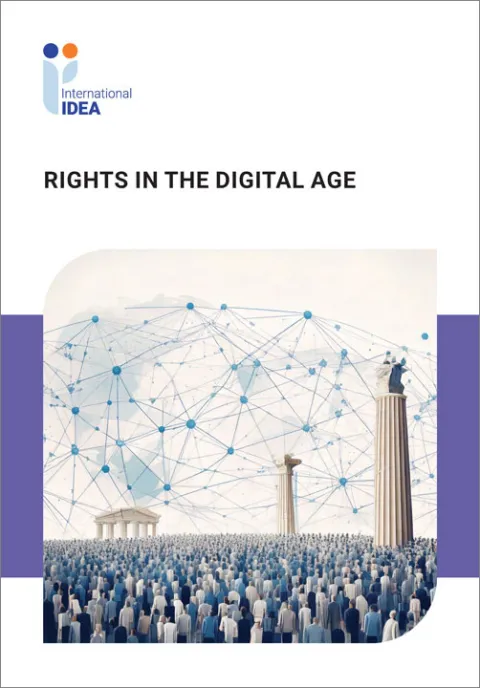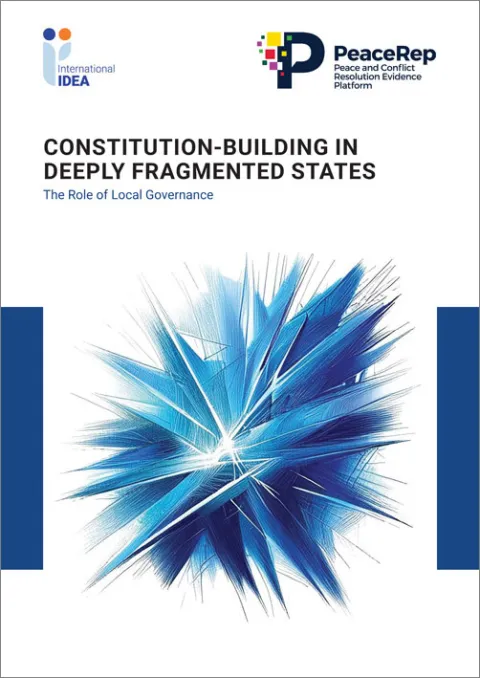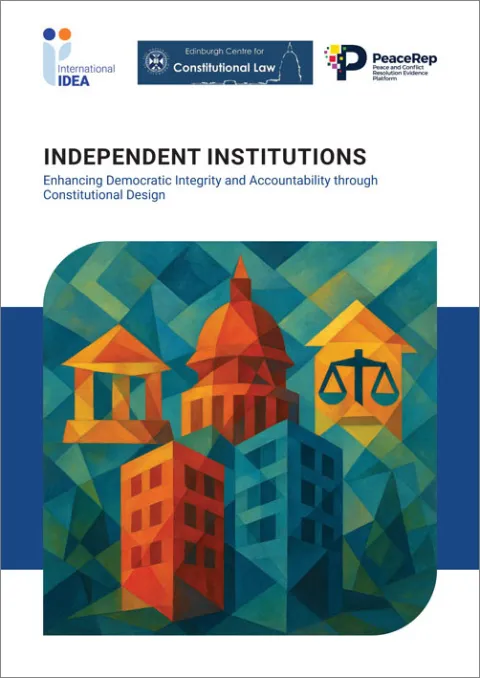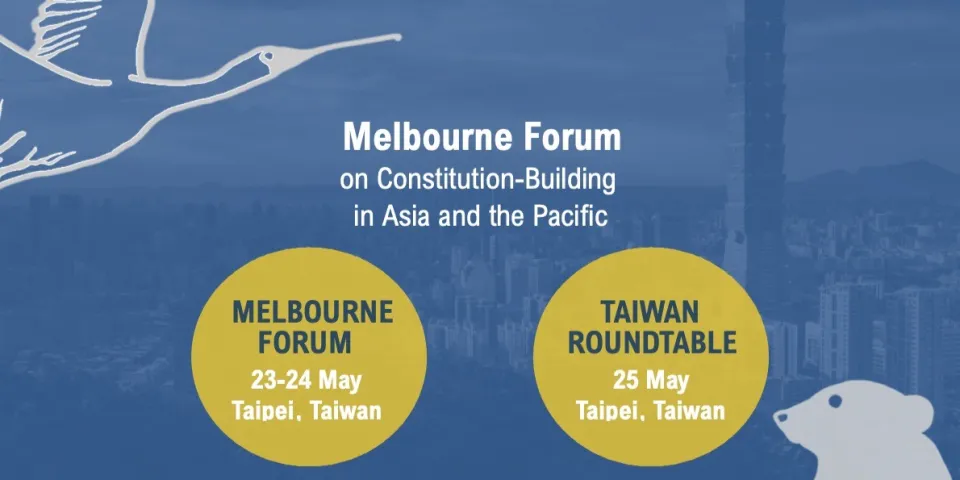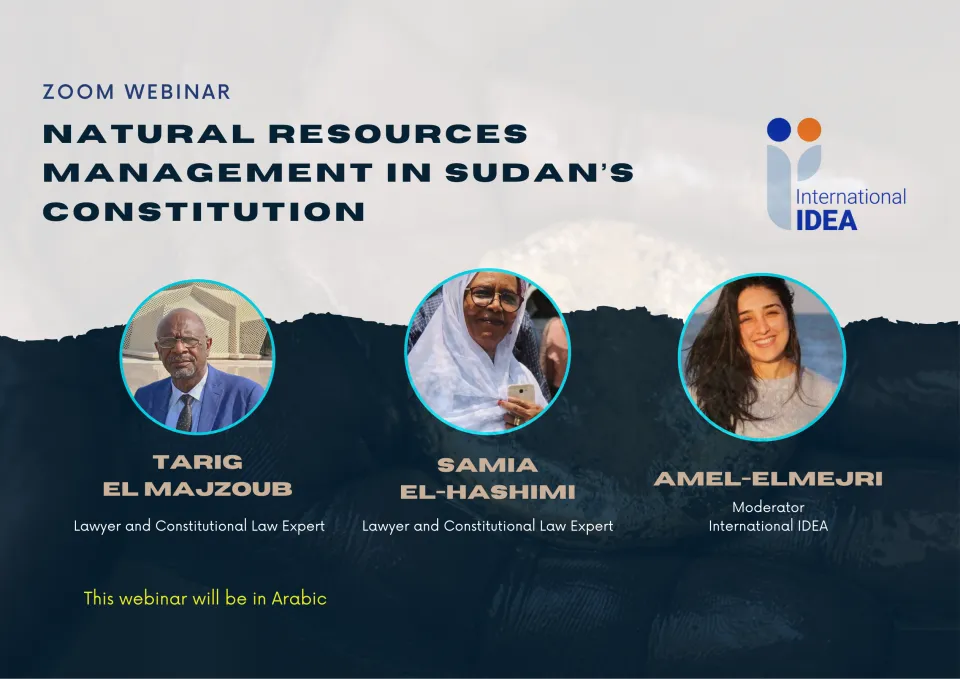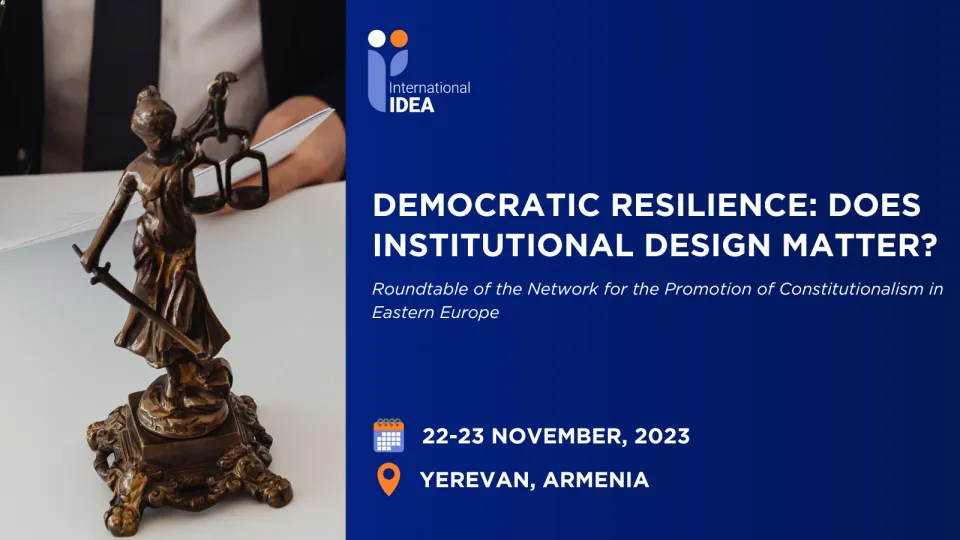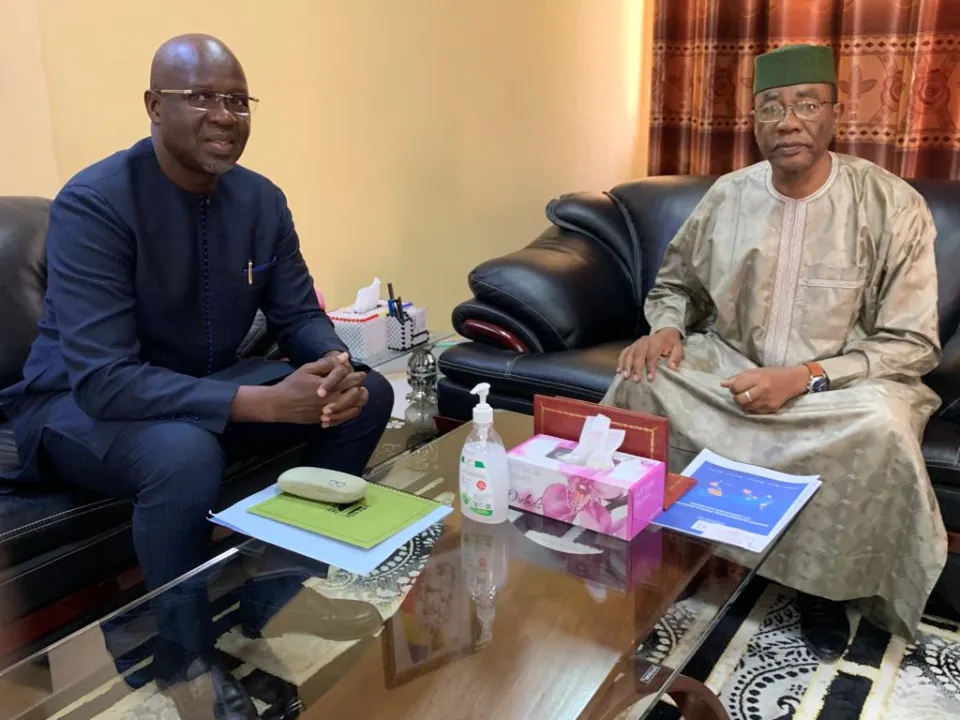Semi-Presidentialism as Power Sharing: Constitutional reform after the Arab Spring
Over the last 60 years the Arab region has been dominated by strong presidents and weak legislatures. The democratic revolutions of the Arab Spring created an opportunity to reconstitute the political system.
This report assesses the contribution that the semi-presidential form of government can make to preventing the re-emergence of presidential dictatorship and consolidating democracy in the region. The relevant institutional feature of semi-presidentialism is a directly elected president who shares executive power with a prime minister and government accountable to an elected legislature.
The Center for Constitutional Transitions at NYU Law and International IDEA are publishing a series of research reports on issues in constitutional design that have arisen in the Arab region. The reports address constitutional court appointment mechanisms, semi-presidentialism as power-sharing, political party finance regulation, anti-corruption efforts, decentralization in unitary states, and ownership and management of oil and gas resources. These reports are designed for use in support of constitution building activities in the Arab region.
Details
Contents
Executive summary
Recommendations
Part 1: Introduction
Part 2: Three constitutional failures
Part 3: Principles of constitutional design
Part 4: The constitutional design of semi-presidential government
References
Endnotes
Give us feedback
Do you have a question or feedback about this publication? Leave us your feedback, and we’ll get back to you
Send feedbackSemi-Presidentialism as Power Sharing: Constitutional reform after the Arab Spring
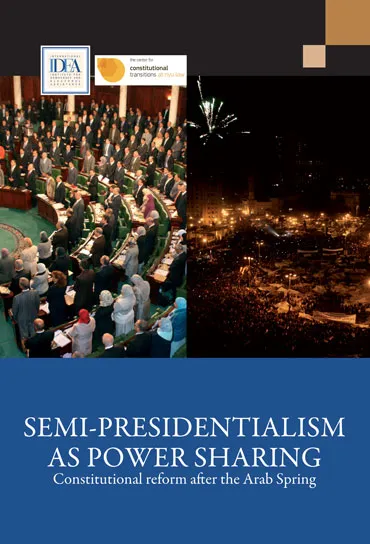
| Total views | 4875 |
|---|---|
| Downloads | 113 |
| Rating |
Give us feedback
Do you have a question or feedback about this publication? Leave us your feedback, and we’ll get back to you
Send feedback
